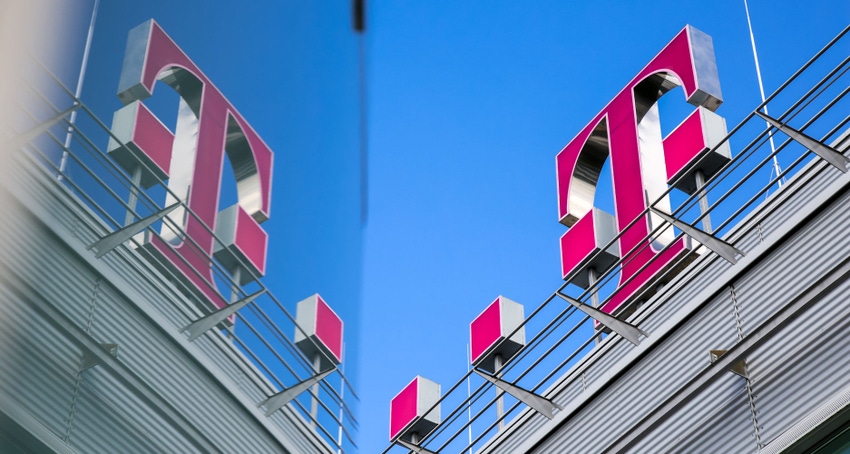Deutsche Telekom is rounding out 2020 with an upbeat announcement on its achievements and ambitions in 5G and FTTH. The trouble is, we already knew most of it.
December 8, 2020

Deutsche Telekom is rounding out 2020 with an upbeat announcement on its achievements and ambitions in 5G and FTTH. The trouble is, we already knew most of it.
The German incumbent highlighted progress in the rollout of 5G and uptake of the technology in its home market. Two-thirds of the population can use 5G, it said, which was its target figure for the end of year, as outlined in the summer, with 45,000 5G-capable antennas deployed. The telco also revealed that every other contract or contract extension it sells now includes a 5G device, a figure that suggests users are starting to embrace the technology.
“2020 was clearly the 5G year,” said Srini Gopalan, who took over as head of Deutsche Telekom in Germany just over a month ago.
Well, possibly. Coverage of two-thirds of the population is certainly a healthy milestone, although we’re talking fairly low-hanging fruit here: essentially big towns and cities. Two-thirds of the landmass is an altogether different beast. Further, Deutsche Telekom has yet to share how many 5G subscribers it has in Germany, a figure that will – whenever it emerges – will give us a clearer picture of the situation.
Nonetheless, the operator is clearly getting somewhere with 5G, which is probably just as well given that it spent an eye-watering €2.2 billion on spectrum in the 2 GHz and 3.6 GHz bands in June last year. At the end of the third quarter the telco said its 5G network covered 40 million people in Germany, which is around half of the country’s population. It’s a bit like comparing apples and oranges, but two-thirds of an unspecified population size does seem like progress in Q4 to date.
As we well know, 5G needs fibre. And so do people, particularly given the well-documented increase in home working and home entertainment stemming from Covid-19. And Deutsche Telekom is making a big noise about fibre.
“Telekom’s goal is to ensure that all households in Germany have direct access to the fiber-optic network by 2030,” it said this week…repeating the pledge made by group CEO Tim Hoettges at the telco’s shareholder meeting in June. At the time he made it clear that this would not all be down to Deutsche Telekom, but its competitors too, and together the fibre builders would need to part with multiple billions of euros to meet that target. In its latest announcement it added that the Deutsche Telkom group will make “by far the largest contribution towards this.”
Deutsche Telekom has rolled out FTTH to around 2 million households in Germany, having added somewhere between half a million and 600,000 in 2020: its description of the number of households added varied in the announcement. Despite the slight obfuscation, we can see evidence of growth here: last year it rolled out full fibre to 270,000 homes. From here on in the telco is shooting for 2 million homes added per year.
It told us that six months ago as well.
About the Author(s)
You May Also Like








.png?width=300&auto=webp&quality=80&disable=upscale)


_1.jpg?width=300&auto=webp&quality=80&disable=upscale)


.png?width=800&auto=webp&quality=80&disable=upscale)